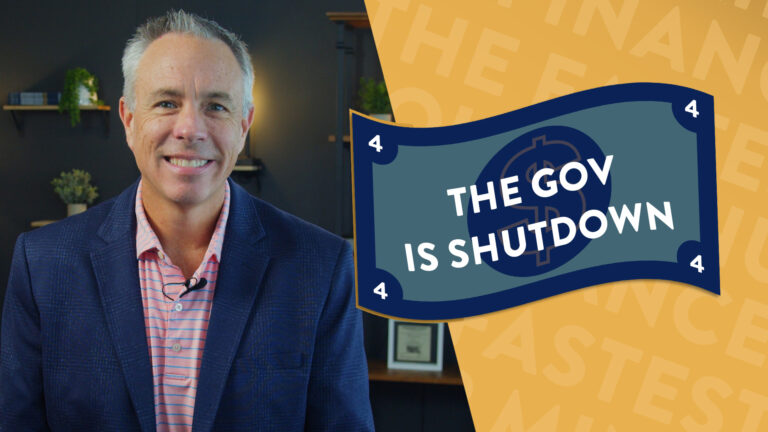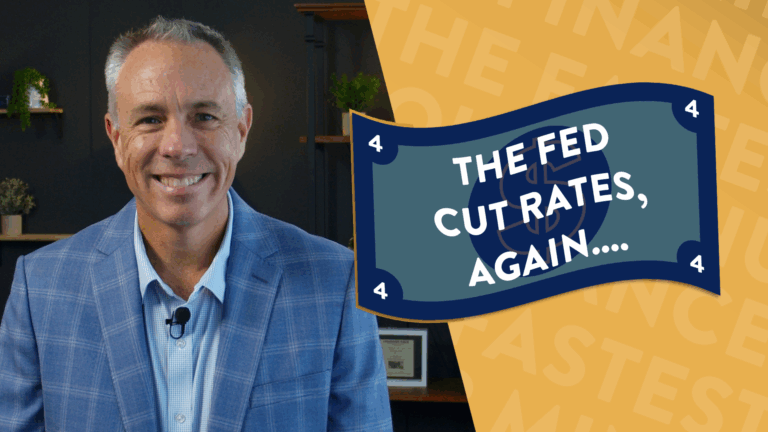I’m going out on a limb here and guessing that most of us want to live a long life. In fact, I’ve never spoken to a client entering retirement who wants to die early. Many believe they will die sooner rather than later, because of family history, work history, or other factors, but few are looking forward to it. Regardless of our beliefs about what happens to us after we die, we are all pretty connected to this life. The challenge is that we’ve got to become financially prepared to live our last years the way we want, no matter how many years we have.
Put Your Mind Where Your Money Is
A major problem with being financially prepared for retirement is the difference between our attitude toward retirement and the reality of it. A Northwest Mutual survey conducted earlier this year found that 46% of Americans expect to work past the traditional retirement age of 65. A more astonishing result of the survey found that 18% of baby boomers and Gen X respondents (those between age 40 and 75) expect to work past the age of 74. That doesn’t match reality.
In 2018, nearly half of all Americans who retired were younger than 62, and 25% were between 62 and 64. The hard truth is we don’t always get to retire when we want to retire because of health issues, job loss, caring for a spouse, or other reasons.
Now, to the other side of the equation. The average life expectancy in the United States is almost 79 years. That’s from birth. If you are a 65-year-old today, your life expectancy is more like 84 for a man, 86 for a woman. If you are forced into retirement early, and you live a long life, how are you going to pay for it? To put it another way, are you prepared to potentially live more than 2 decades without receiving a paycheck?
Building Your Foundation
Much has been written about the woeful job Americans have done when it comes to retirement savings. I won’t quote the numbers, but rather focus on how to plan to make what you have saved and what you have coming last for the rest of your life.
It takes planning, and not just investment planning. Traditionally, financial advisors have been focused only on investment management. When a client reaches retirement, they can be largely on their own figuring out how to take their managed investments and turn it into an income stream. How do you decide what investments to sell, how much, and when?
Before you answer that question, you should answer this one: What income streams do you have that will never run out in retirement? That’s a short list for most of us. It begins and ends with Social Security. Determining how much your benefit will be (collectively if you’re married) and when to begin receiving it, lays the foundation upon which your retirement is built. Those paychecks are guaranteed, but they likely won’t be enough to sustain on their own.
Some of us will have a pension to pile on top of Social Security. Once you know how much guaranteed income you will have in retirement, the next step is to determine if that will cover your basic expenses in retirement. Figuring this out is a key exercise, and if you need help getting started, you can click here to download our free Retirement Balance Sheet. If your guaranteed income sources don’t meet your expenses, you may need to designate some of your retirement savings to fill the gap, generating an additional guaranteed income stream to strengthen your foundation. This ensures that your bills will be paid no matter how long you live.

What’s the Plan?
Once the foundation is set, your remaining retirement savings should be allocated to an investment strategy built to generate a consistent income. That can be difficult to do if you plan to take a percentage of your overall portfolio. What do you do if your account value goes down? Do you take the same percentage, which is now a smaller income? Or do you take the same income, which is now a larger percentage of the portfolio?
Instead, segmenting your investments into buckets, and designating the buckets as the income you’ll spend now and the income you’ll spend later, can be the basis for an investment strategy that is built to provide a consistent income over time. The buckets you spend in the early years of retirement are invested conservatively. The buckets you plan to spend later are invested more aggressively. This gives you the opportunity to put time to work for you, not against you. If your overall account values go down, you’re not withdrawing from the bucket that is likely to have been most dramatically impacted. Instead, that bucket is for the long term.

I’ve told clients in our meetings that if they can tell me their date of death, I can build a pretty good retirement plan. While it usually gets a good chuckle, we don’t get to make that call. Statistically speaking, you should plan for a long retirement. So, the call you should make – the one you get to make – is to make a plan to not run out of money before you run out of time.
The opinions voiced in this material are for general information only and are not intended to provide specific advice or recommendations for any individual.





